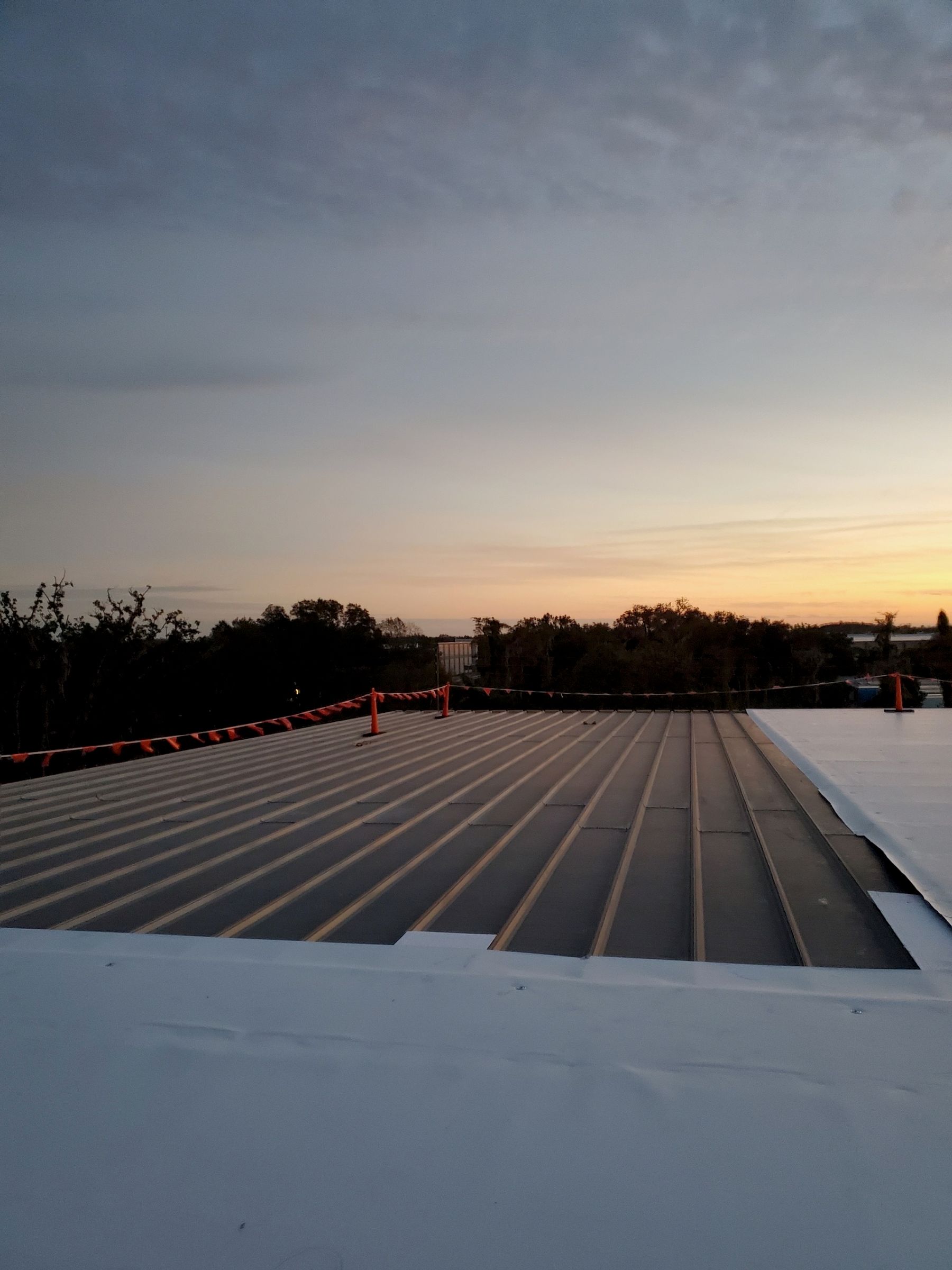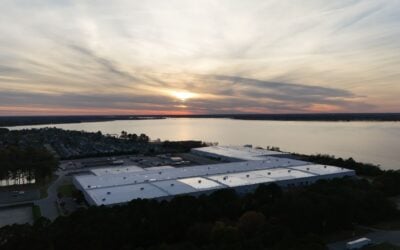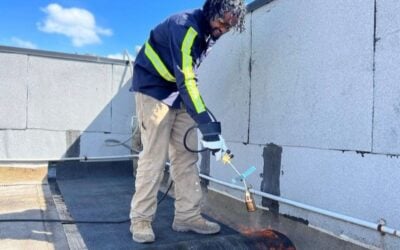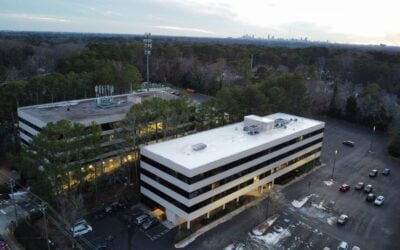The commercial roofing industry is constantly evolving, with new technologies, materials, and design strategies shaping the future of building construction and maintenance. As we move into 2025, property owners and facility managers must stay informed about the latest trends to ensure their roofs are not only durable and energy-efficient but also cost-effective and environmentally friendly. In this blog post, we’ll explore some of the key trends in commercial roofing that you should know about to stay ahead of the curve.
1. Energy-Efficient Roofing Solutions
One of the most significant trends in commercial roofing is the shift towards energy-efficient solutions. With the rising costs of energy and growing concerns about sustainability, businesses are increasingly seeking roofing systems that help reduce energy consumption and lower utility bills.
Reflective roofing materials, such as cool roofs, are designed to reflect more sunlight and absorb less heat than traditional roofing materials. This helps keep buildings cooler in the summer and reduces the need for air conditioning, leading to lower energy bills. Cool roofs can be made from a variety of materials, including reflective coatings and metal roofing.
In addition to cool roofs, green roofs (also known as living roofs) are gaining popularity. These roofs are covered with vegetation, which not only helps with temperature regulation but also improves air quality and contributes to stormwater management. Green roofs are an environmentally friendly option that can reduce the urban heat island effect and provide insulation, thus enhancing energy efficiency.
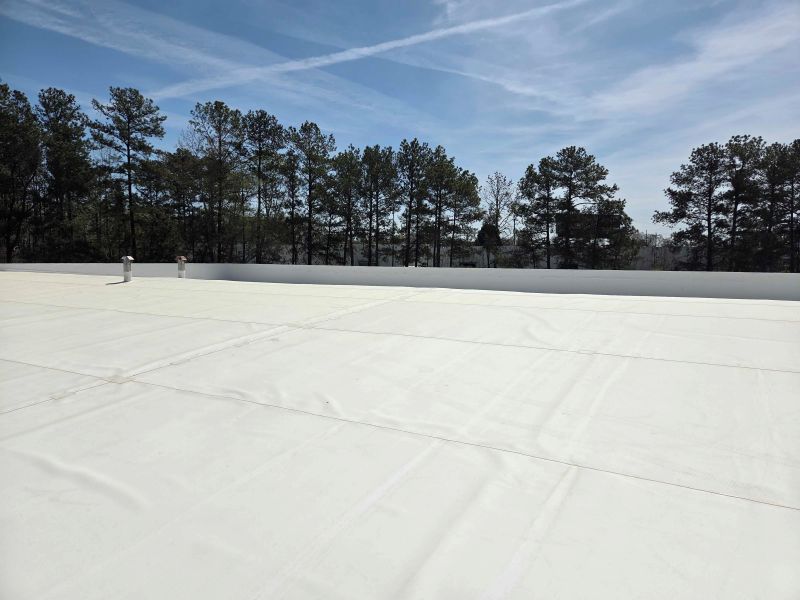
2. Sustainable and Eco-Friendly Materials
Sustainability continues to be a driving force in the commercial roofing industry. Property owners are increasingly looking for roofing materials that are not only durable but also eco-friendly. Roofing systems made from recycled materials, such as rubber, metal, or plastic, are becoming more common, allowing businesses to reduce their environmental footprint while still maintaining a strong, durable roof.
For example, TPO (Thermoplastic Olefin) and EPDM (Ethylene Propylene Diene Monomer) membranes are two popular roofing materials known for their durability, energy efficiency, and recyclability. These materials can withstand harsh weather conditions and have a longer lifespan than traditional roofing options, making them a cost-effective and environmentally responsible choice for commercial properties.
Moreover, roofing systems that incorporate solar panels are gaining momentum. Solar roofs can generate clean, renewable energy, which helps businesses reduce their dependence on nonrenewable energy sources and lower their overall energy costs. Integrating solar technology with commercial roofing systems is becoming an attractive option for companies looking to enhance their sustainability credentials.
3. Roof Restoration and Maintenance over Replacement
As roofing materials and systems continue to improve, many property owners are shifting towards roof restoration rather than complete replacement. Roof restoration is a cost-effective way to extend the life of an existing roof and avoid the high costs associated with full roof replacement.
Roof restoration typically involves cleaning, repairing, and applying a protective coating to the roof. This helps to address small issues such as leaks or cracks before they escalate into major problems. Additionally, roof coatings can enhance the roof’s reflective properties, improving energy efficiency and reducing the risk of premature failure.
Investing in regular roof maintenance is also becoming more common. Commercial roofing contractors are offering tailored maintenance plans that include periodic inspections, cleaning, and minor repairs to ensure the roof remains in optimal condition for as long as possible. Routine maintenance can help businesses avoid unexpected repair costs, improve the lifespan of the roof, and prevent disruptions to business operations.
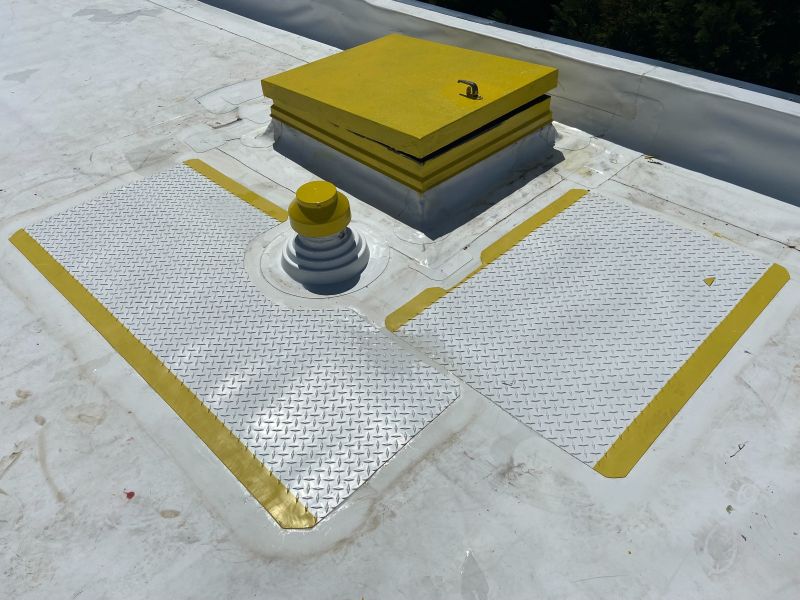
4. Improved Durability and Longevity
In an effort to lower long-term costs, commercial roofing systems are being designed to last longer and withstand harsher conditions. New advancements in materials and installation methods are improving the durability and longevity of roofs, reducing the need for frequent repairs or replacements.
Polyurethane foam roofs (SPF) and modified bitumen systems are two examples of roofing technologies that offer exceptional durability. These materials are highly resistant to extreme weather conditions, including high winds, hail, and heavy snow. Additionally, they provide a seamless, monolithic surface that reduces the risk of leaks and water penetration.
Roofing materials are also being designed to withstand the impact of UV rays, which can cause wear and tear over time. UV-resistant coatings and membranes are helping to extend the lifespan of roofs, keeping them in good condition for many years.
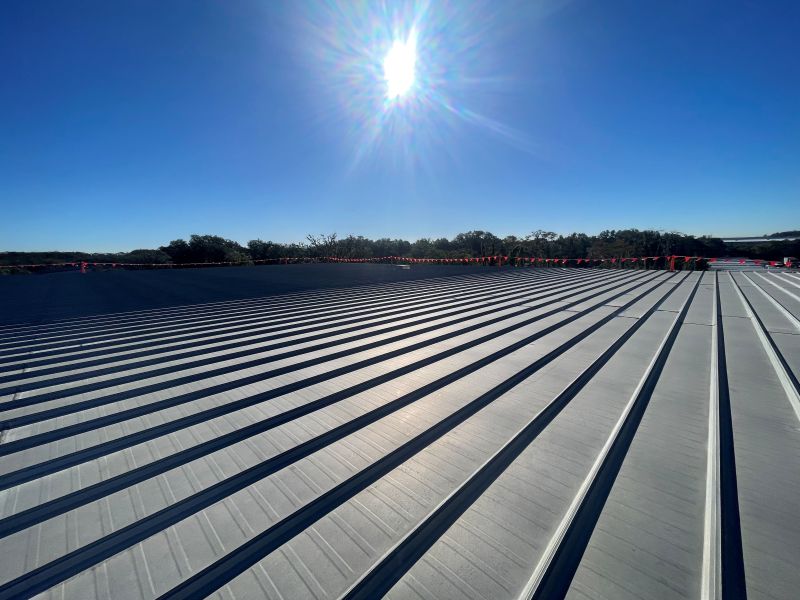
Conclusion
The commercial roofing industry is undergoing significant changes, driven by advancements in technology, sustainability, and material science. Property owners and facility managers must stay informed about the latest trends in roofing to ensure they’re making the best decisions for their buildings. Whether it’s opting for energy-efficient roofing solutions, embracing sustainable materials, or investing in smart roofing technology, staying ahead of the curve can save you money, enhance your building’s performance, and contribute to a greener future.

